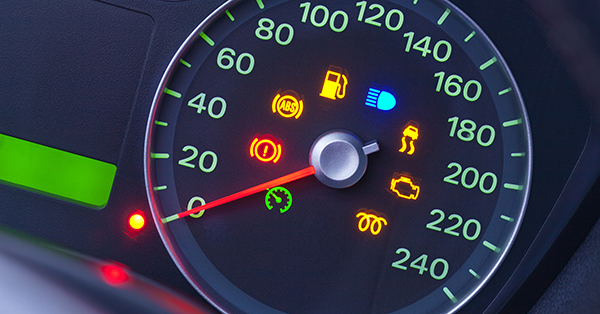'Check Engine' Light Can Be a Blessing In Disguise

By Tony Molla
Just like a doctor checks your general health, a tune-up ensures your vehicle performs its best.
If your ‘Check Engine’ light is on, the shop can plug in a scan tool and look for trouble codes to see where the problem is. This can also be a good opportunity to inspect belts, hoses and connections, as well as search for leaks or parts that need to be replaced.
Certain services are typically recommended once a vehicle reaches a specific mileage, but those are merely guidelines. Drivers familiar with their vehicles usually know when something doesn’t sound right or the performance is sluggish.
If something feels off, get it looked at sooner rather than later. When no warning signs arise, it’s still best to follow the maintenance schedule outlined in your owner’s manual.
Most manufacturers suggest having your electrical system checked at about 40,000 miles and brakes serviced at 60,000. Spark plugs can often wait until the 100,000 mile milestone, but routine inspections will give you the most reliable answers.
Always take time to educate yourself about what your car needs before you take it in for service. No one expects you to master drivetrains or transmissions on the spot, but knowing what maintenance services are required can lead you down the most efficient and cost-effective path.
Ask the shop to let you know what services they will perform up-front, and ask if your mechanic is certified to ensure their knowledge and capability.
Be sure to change your oil regularly and have a thorough inspection of your vehicle done at least twice a year. Routine maintenance is always less expensive and time consuming than major repairs.
Tony Molla is vice president of the Automotive Service Association.